Search
Search Results
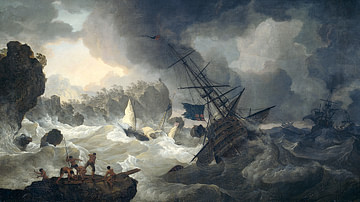
Article
Top 5 'Deep-Dive' Virtual Shipwrecks
According to UNESCO, an estimated three million shipwrecks are scattered in the oceans’ deep canyons, trenches, and coral reefs and remain undiscovered. These shipwrecks preserve historical information and provide clues about how people lived...
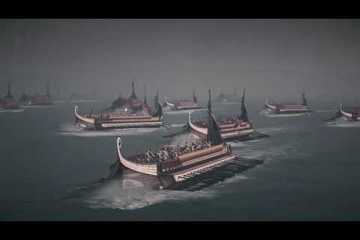
Video
Total War at the Ashmolean Museum: Storms, Wars and Shipwrecks
This year, Creative Assembly were invited to contribute to the ‘Storms, Wars and Shipwrecks’ summer exhibition at the Ashmolean Museum in Oxford, UK. Telling the story of the pivotal Mediterranean island of Sicily over the last 2500 years...

Article
Trade in the Roman World
Regional, inter-regional and international trade was a common feature of the Roman world. A mix of state control and a free market approach ensured goods produced in one location could be exported far and wide. Cereals, wine and olive oil...
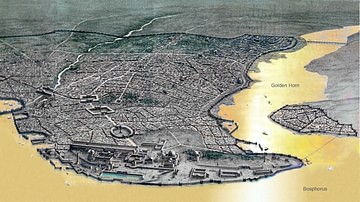
Article
Trade in the Byzantine Empire
Trade and commerce were essential components of the success and expansion of the Byzantine Empire. Trade was carried out by ship over vast distances, although for safety, most sailing vessels were restricted to the better weather conditions...
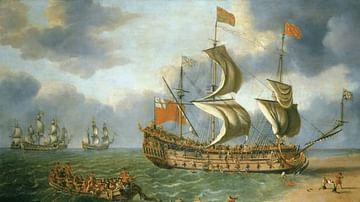
Article
The Wreck of the HMS Gloucester
The HMS Gloucester was wrecked in the North Sea, about 30 miles off the shore of Norfolk, England, shortly after dawn on 6 May 1682. It was a warship in the navy of Charles II of England (r. 1660-1685), and at the time of its loss, it was...
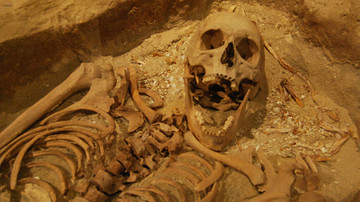
Image
Batavia Massacre Victim
One of the Batavia massacre (1629) victims, excavated on Beacon Island.
Western Australian Shipwrecks Museum, Fremantle.

Video
History of Ancient Sea Travel: Trade, Burials and Maritime Cultures
The history of seafaring and sea travel is expansive and can be traced back thousands of years to the ancient world. This video is going to explore the development of ships and seafaring in the ancient world, the trade which was possible...

Definition
Phoenicia
Phoenicia was an ancient civilization composed of independent city-states located along the coast of the Mediterranean Sea stretching through what is now Syria, Lebanon and northern Israel. The Phoenicians were a great maritime people, known...

Definition
Antikythera Mechanism
The Antikythera mechanism (also known as the Antikythera Device), dated to the late 2nd century/early 1st century BCE (roughly 205-60 BCE) is understood as the world's first analog computer, created to accurately calculate the position of...
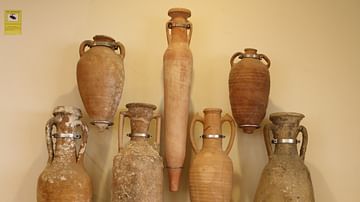
Definition
Amphora
An amphora (Greek: amphoreus) is a jar with two vertical handles used in antiquity for the storage and transportation of foodstuffs such as wine and olive oil. The name derives from the Greek amphi-phoreus meaning 'carried on both sides'...